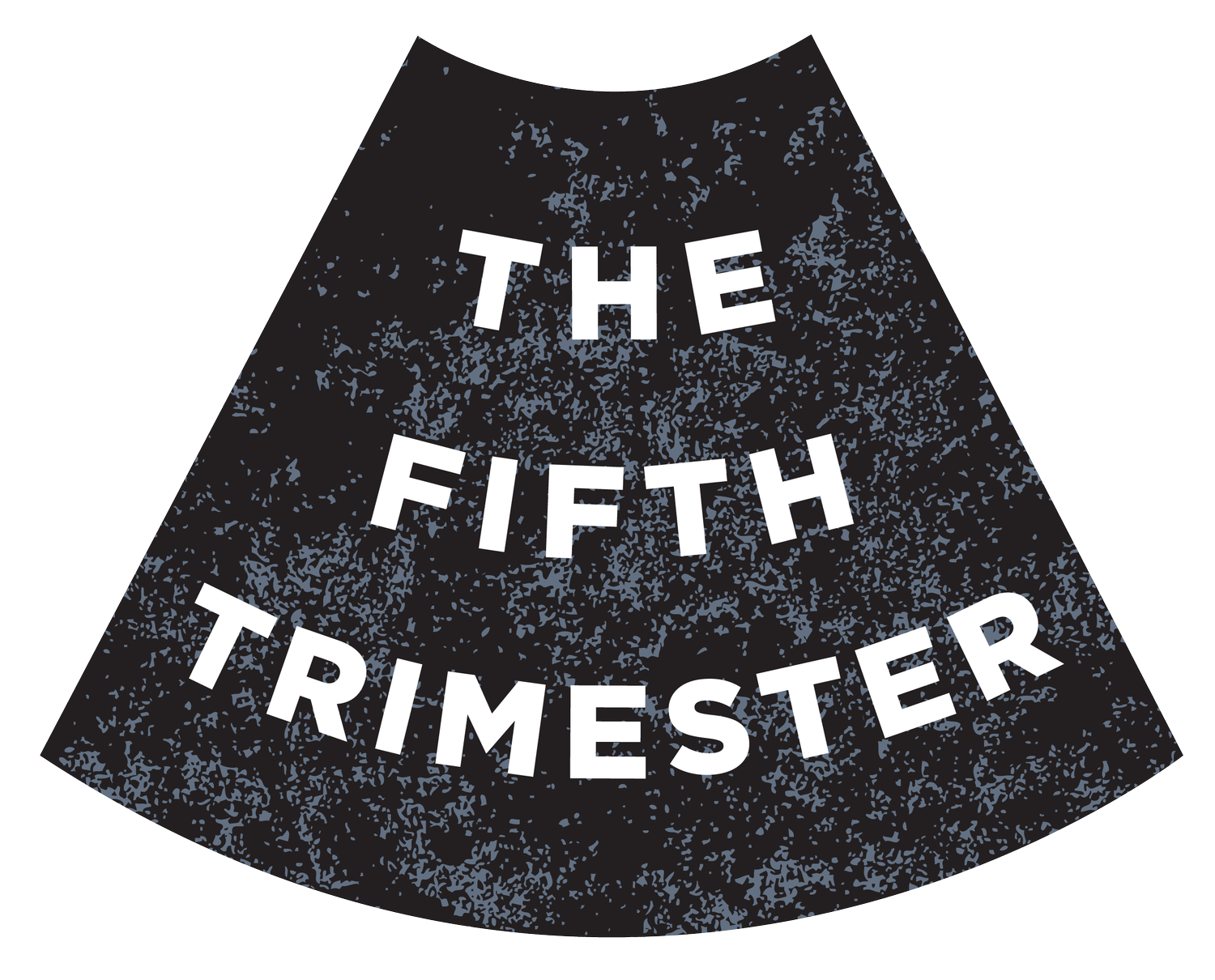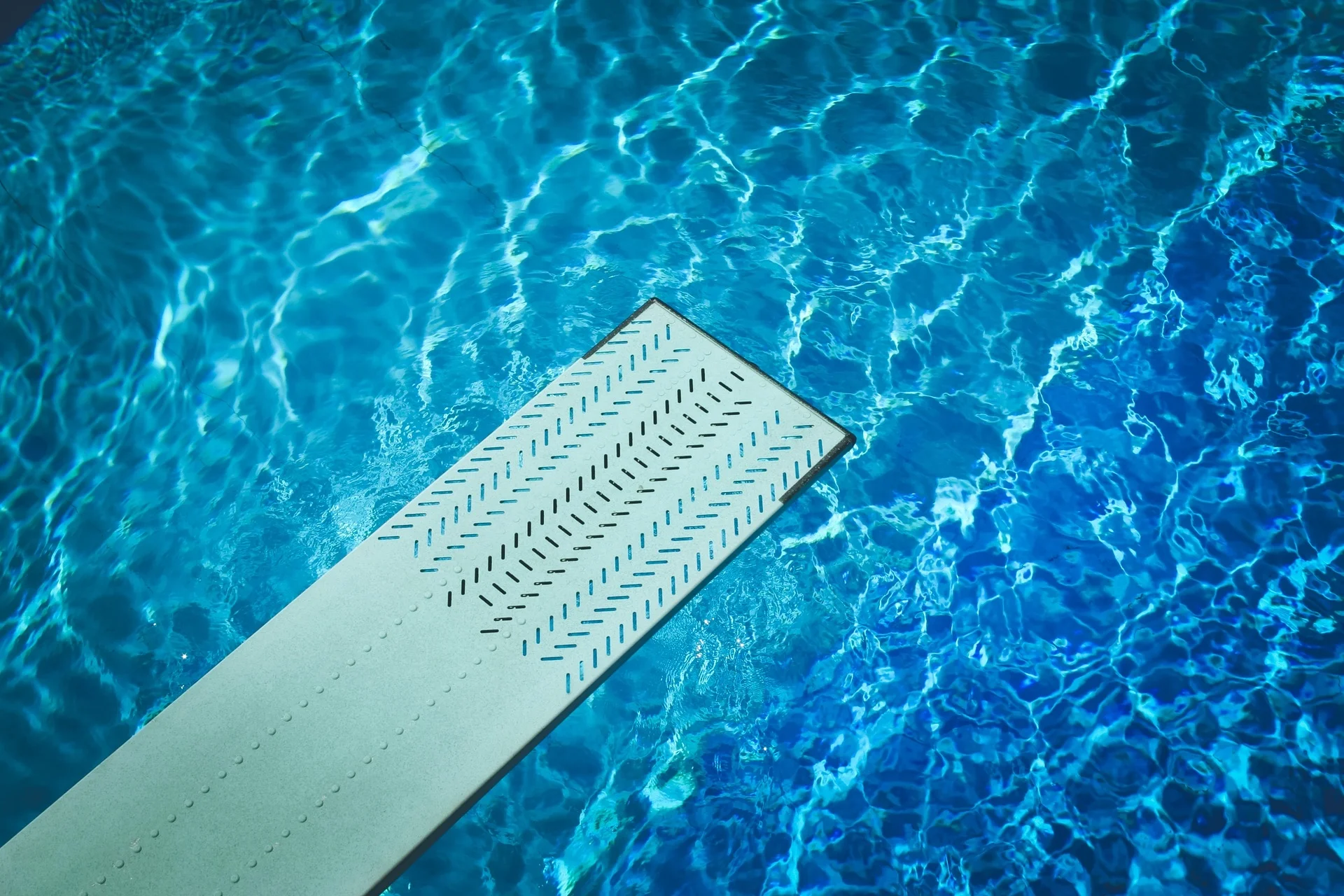image via Kasey Jones
image via Kasey Jones
image via Kasey Jones
image via Kasey Jones
As reported by ScaryMommy, artist and mom and two Kasey Jones (<--- click through to see more of her gorgeous work) has released a series of images of herself at the office in what she dubs a "working mother suit," an outfit covered entirely in breast-milk bags. "I created this series to bring awareness to the harsh realities of what it takes to be a working mother," she writes in her artist statement. "Our system does not support new mothers or families during this transitional phase. It was my duty as a social artist to shed light on how taxing it is on our physical and mental health."
Kasey is heroic. Both for shining this light and for creating such feminist pieces in an art world that's still very often a boys' club.
And -- this is what I hope everyone seeing these pictures takes away from the experience:
We all have a duty to "wear" our motherhood at work.
Perhaps not in the form of sterile zippy bags, but in more quotidien ways:
- By being un-shy about needing to schedule in pumping.
- By welcoming questions about motherhood from colleagues (especially more junior ones) who are curious.
- By being open about your new-working-mom challenges (the exhaustion, the unhealed scars, the daycare that charges you extra for every minute you're late)...and then also being open about your successes big and small. The stuff you got accomplished simply by showing up. That's what moves the needle on workplace culture for all of us. One ounce and one parent at a time.
How do you wear your motherhood?






